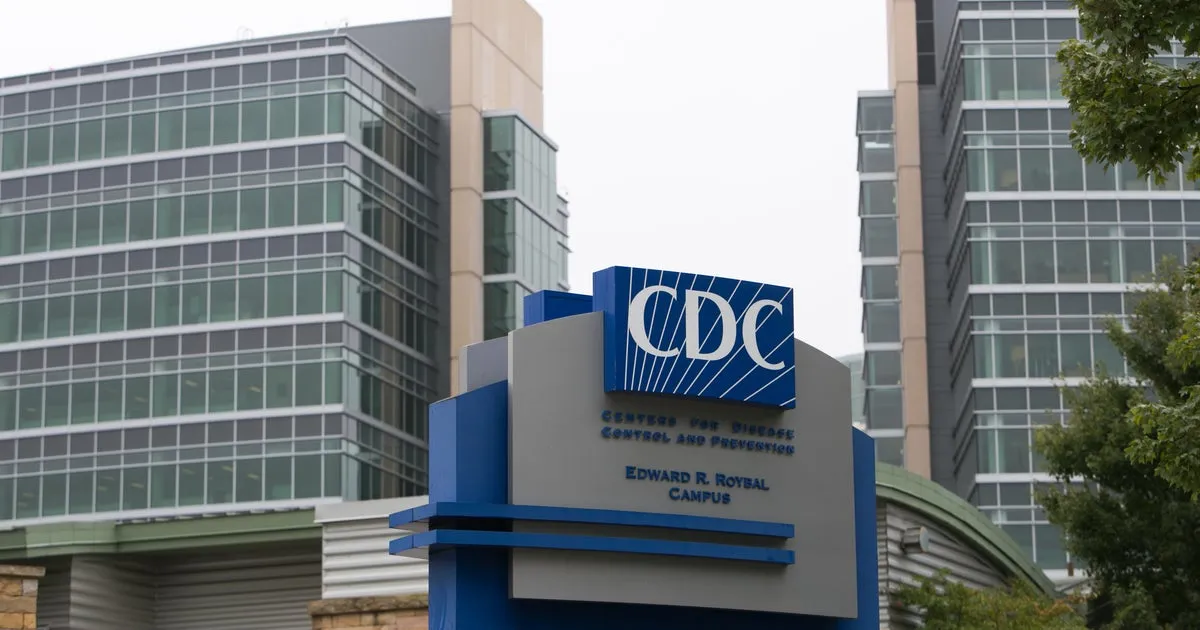
The recent report from the Centers for Disease Control and Prevention (CDC) reveals a concerning trend in the U.S. regarding measles cases. For the first time since the record highs of 2019, the number of measles cases reported in a single week has exceeded 90, with a total of 91 cases documented during the week of March 23. This alarming increase highlights the ongoing challenges in public health, particularly in states like Arkansas, Hawaii, and Indiana, which have now joined the growing list of states with confirmed measles cases.
In a follow-up report for the week of March 30, the CDC noted 81 additional cases of measles, followed by another 21 cases in the subsequent week. Health officials anticipate that these numbers will continue to rise as more cases are confirmed. As of now, the U.S. has recorded at least 712 measles cases in 2023, marking it as the second-highest annual total since the 1990s. For context, nearly 30,000 measles cases were reported in 1990, primarily due to significant gaps in vaccination coverage.
The peak year for measles in recent history was 2019, with a staggering 1,274 confirmed cases. According to the CDC, there are currently seven local outbreaks of the virus in the U.S., an increase from six the previous week. The most significant outbreak remains in Texas and neighboring New Mexico, where nearly 600 cases have been reported. This situation raises serious concerns about public health and the effectiveness of vaccination campaigns.
In a recent statement, a CDC spokesperson confirmed the ongoing outbreaks in several states, including New Jersey, Georgia, Ohio, and Kansas, alongside the major outbreak in Texas and New Mexico. These developments come amid comments from Health and Human Services Secretary Robert F. Kennedy Jr., who described the government’s strategy for managing the outbreak as a success, even in light of a third death linked to the virus among unvaccinated individuals.
Kennedy remarked that the current measles numbers in the U.S. have plateaued, and he expressed gratitude to the CDC for their efforts. However, he also highlighted the stark contrast in measles statistics between the U.S. and Europe, where thousands of cases and multiple deaths have been reported in recent years due to low vaccination rates. This comparison underscores the importance of maintaining high vaccination coverage to prevent outbreaks.
In response to the escalating situation, the CDC has issued new recommendations for travelers to Texas and Kansas, advising them to receive a second or early dose of the measles vaccine. This marks a significant shift, as it is the first time in years that the CDC has provided such vaccination guidance for domestic travel. The recent rise in measles cases is attributed to individuals returning from international trips where measles was present, combined with an expanding outbreak in communities with low vaccination rates in states like Texas.
Officials within the CDC have cautioned that any perceived slowdown in measles cases should be approached with caution, as delays in reporting can skew the actual figures. The challenges of quickly identifying and documenting cases during outbreaks often lead to apparent decreases in weekly case reports.
The current increase in measles cases in the United States serves as a critical reminder of the importance of vaccination in protecting public health. With the ongoing outbreaks and the potential for further escalation, it is essential for communities to remain vigilant and ensure high vaccination coverage. The CDC and health officials are urging the public to stay informed and proactive about measles prevention, particularly in areas with low vaccination rates.